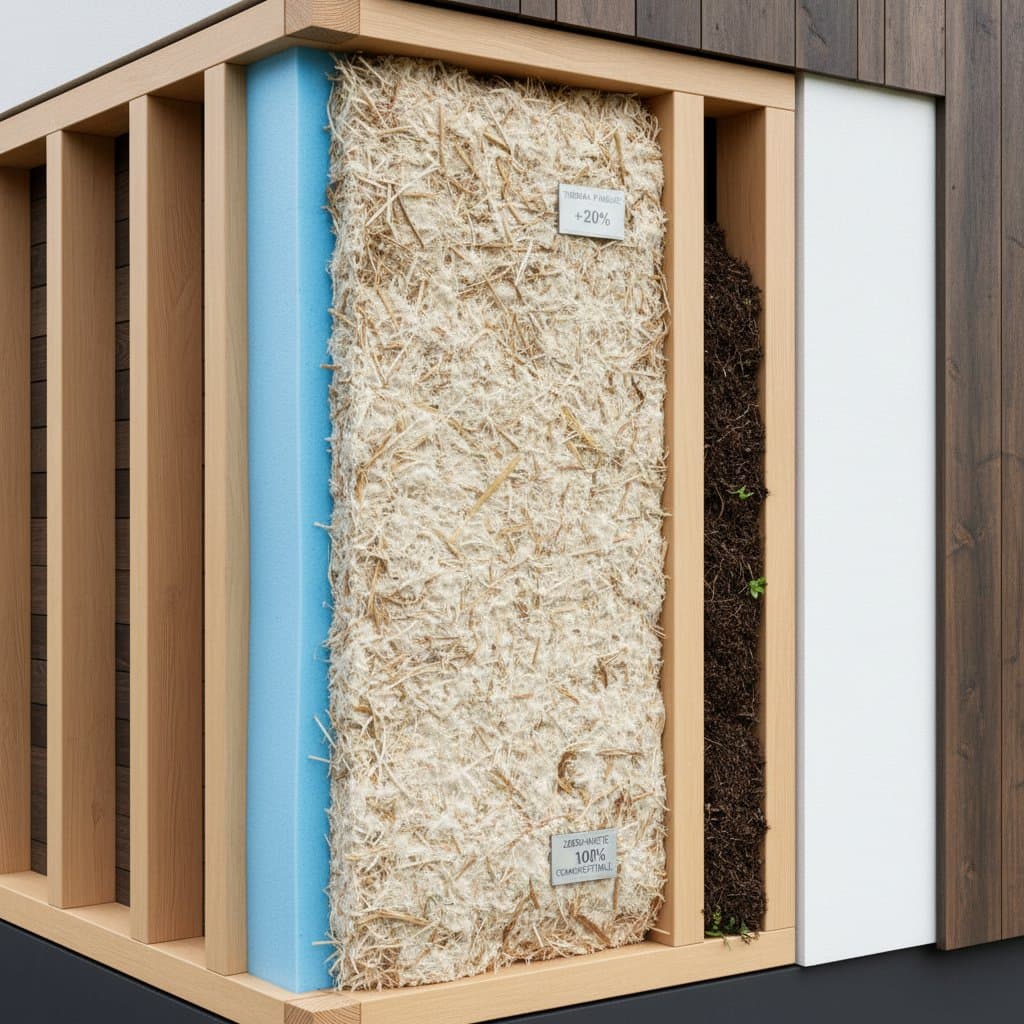Key Points
- Heat pump water heaters reduce household water heating costs by up to 65 percent through efficient energy transfer.
- These systems extract warmth from ambient air to heat water, which minimizes energy waste and greenhouse gas emissions.
- Rebates, installation incentives, and smart monitoring tools render the switch more affordable than many homeowners anticipate.
- Proper sizing and airflow maintenance prove essential for sustained performance and maximum savings.
Envision a Home That Harnesses Surrounding Air for Hot Water
As a green building expert, I have observed numerous homeowners grappling with escalating utility expenses, particularly in humid climates where water heating comprises nearly one-fifth of total energy bills. Consider this scenario: you enter your shower and experience reliable hot water generated not by energy-intensive resistance coils but by a mechanism that captures heat from the nearby air. That subtle hum signifies efficiency in action, converting routine comfort into a sustainable practice.
If high water bills burden you or if you depend on obsolete electric heaters, now presents an ideal opportunity to reassess your home energy strategy. Heat pump water heaters revolutionize household comfort approaches, delivering substantial savings while preserving performance levels.
The Overlooked Inefficiency of Conventional Water Heating
Standard electric water heaters squander energy by employing direct electrical resistance to produce heat. In regions with warm or temperate climates, this method depletes both utility budgets and overall home energy efficiency. Many homeowners fail to recognize that water heating accounts for up to 18 percent of total energy expenditures.
Paired with variable energy prices, this share escalates into a significant ongoing cost. From extensive field experience, I recognize that most individuals undervalue the cumulative expense of their aging units. For instance, a conventional 50-gallon electric tank may incur hundreds of dollars in yearly operation, whereas a heat pump equivalent could halve or further diminish that amount.
Mechanisms Behind Heat Pump Water Heater Savings
Rather than producing heat, a heat pump water heater transfers thermal energy from the air to the storage tank. This process resembles a refrigerator operating in reverse. Through relocation instead of generation, these units consume two to three times less electricity.
Principal Advantages
- Reduced Operating Expenses: Anticipate a decrease in water heating costs by up to 65 percent relative to traditional electric models.
- Diminished Environmental Impact: Lower electricity demands translate to reduced emissions, benefiting finances and the environment alike.
- Intelligent Functionality: Numerous units feature digital interfaces and scheduling capabilities for optimized efficiency.
- Extended Durability: With appropriate care, these systems endure for a decade or longer, yielding reliable long-term value.
Energy consultant Maria Lewis observes, "Every degree of efficiency achieved via heat transfer, rather than direct generation, equates to conserved energy and financial savings."
Strategies to Enhance Home Eco-Efficiency
1. Select Appropriate Size and Location
Capacity selection holds critical importance. A family of four generally requires a 50- to 80-gallon heat pump unit, though precise needs vary by consumption patterns. Position the unit in an area offering at least 700 cubic feet of air volume, such as a basement or garage, to facilitate adequate airflow.
2. Optimize Airflow and Ambient Conditions
Heat pumps perform optimally in moderately temperate spaces. Steer clear of confined utility areas or enclosed setups that impede ventilation. Conduct routine filter cleaning and air intake inspections to avert dust accumulation, which might impair efficiency.
3. Integrate with Water-Saving Devices
Combining the heater with low-flow showerheads and faucet aerators amplifies cost reductions. A slight decrease in hot water demand prolongs storage duration and further trims monthly expenses.
4. Utilize Advanced Controls
Contemporary models provide Wi-Fi integration for real-time energy usage monitoring. Program heating operations during off-peak periods or activate vacation settings during absences to enhance oversight and forecast accuracy.
5. Capitalize on Financial Incentives
Rebates, tax credits, and producer promotions substantially offset initial investments. Installed heat pump water heaters typically range from $1,200 to $2,500, with incentives frequently subtracting several hundred dollars.
Essential Factors for a Successful Upgrade
Adopting a heat pump water heater demands thoughtful preparation. Verify that the electrical circuit accommodates the unit load and complies with local regulations. Certain areas mandate permits or inspections for installations.
Evaluate suitability for your local climate. In colder zones, hybrid variants with supplementary resistance components ensure dependable operation during low temperatures. As a green building expert, I advise engaging a certified installer for a site evaluation prior to acquisition.
Regarding return on investment, most households recoup costs within four to seven years via energy reductions alone. Factor in minimal maintenance requirements and steady water temperatures, and the enduring advantages emerge distinctly.
Implementing Sustainable Hot Water Solutions
Adopting a heat pump water heater extends beyond mere equipment. It involves redefining your home energy dynamics. Upon installation, you join a collective effort toward greater efficiency and climate adaptability.
Initiate the process with a professional energy audit to pinpoint major efficiency shortfalls and confirm electrical compatibility. Obtain quotes from qualified local specialists via trusted channels to secure competitive rates and verified proficiency.
Sustained effectiveness relies on periodic care. Perform yearly tasks like coil cleaning and tank flushing to uphold efficiency and prolong service life. Through these measures, each shower, laundry load, and dishwashing routine supports ecological harmony.
Frequently Asked Questions
Q: How long does installation usually take?
A: Standard installations complete in one day, although intricate electrical modifications may prolong the timeline. Consult your contractor for precise estimates prior to booking.








